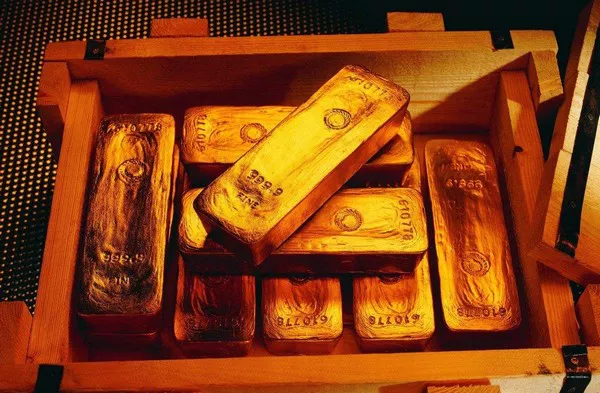Gold prices in India edged up by 0.14% to settle at ₹95,278 per 10 grams, buoyed by bargain buying ahead of crucial macroeconomic data releases, including the U.S. Federal Reserve’s FOMC minutes and the upcoming Personal Consumption Expenditures (PCE) inflation report.
The latest Fed minutes revealed growing apprehensions over the economic consequences of unexpected and sweeping tariff hikes. Policymakers voiced concerns over rising risks to both inflation and employment, underscoring a more uncertain policy outlook. This uncertainty has reinforced gold’s attractiveness as a safe-haven asset among investors.
Global financial firm Goldman Sachs (NYSE: GS) reiterated its bullish view on gold, advising investors to increase their portfolio exposure to the metal. The recommendation comes amid ongoing pressure on the Fed and consistent central bank purchases, which continue to lend long-term support to gold prices.
Trade data also pointed to shifting global patterns. Switzerland’s gold imports from the United States surged to 63 metric tons in April, marking the highest monthly volume since 2012. The increase followed the recent removal of tariffs on precious metals. However, Swiss exports of gold—particularly to the U.S.—declined sharply, suggesting evolving international demand dynamics.
In India, physical gold demand remained sluggish as elevated prices and a weaker rupee pushed local market discounts to as much as $49 per ounce. By contrast, China, the world’s largest gold consumer, maintained firm premiums, signaling robust underlying demand.
From a technical perspective, the gold market witnessed significant short covering. Open interest plunged by 40.13% to 4,022 contracts, indicating traders closing bearish positions. Analysts note that gold has a support level at ₹94,900, with potential downside extending to ₹94,520. On the upside, resistance is seen at ₹95,760. A breakout above this level could push prices toward ₹96,240.
As investors await more clarity from U.S. inflation data and monetary policy signals, gold remains at the center of global financial attention, underpinned by its traditional role as a hedge against volatility.


